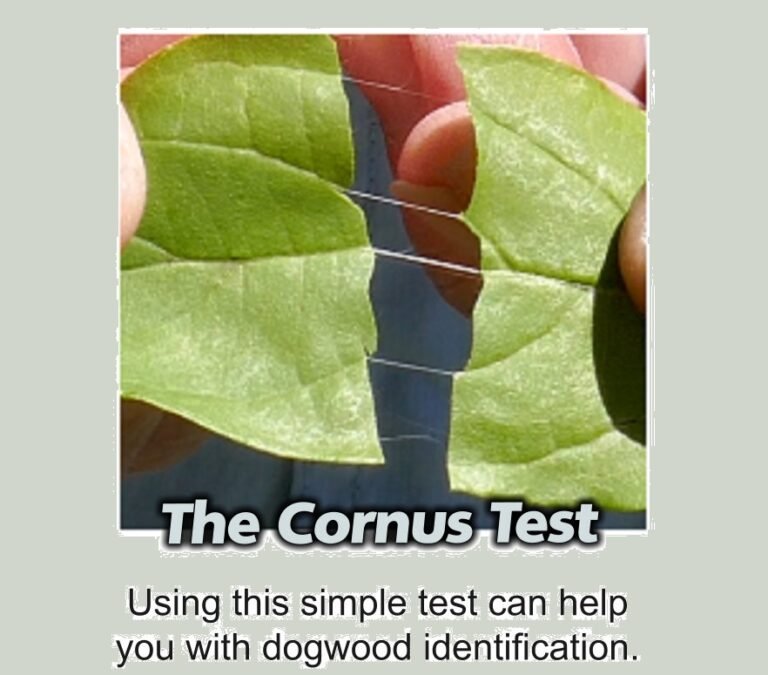
Cornus foemina
(Swamp Dogwood)
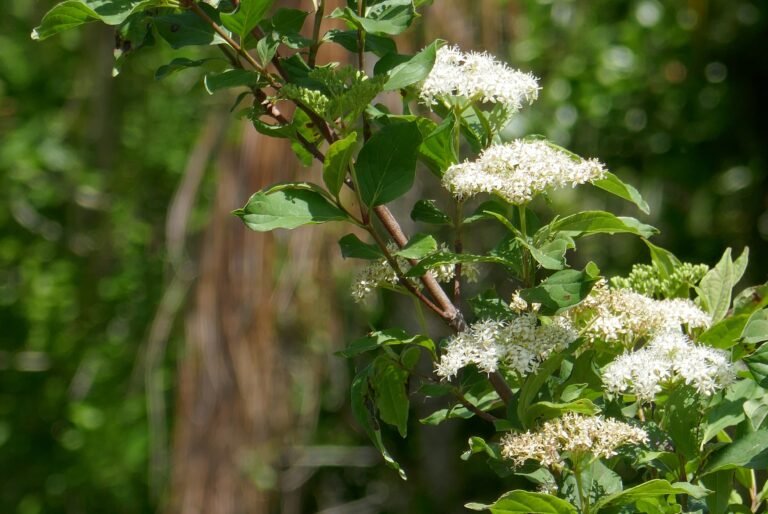
Common Names, Latin Name, and Family
Swamp dogwood, stiff dogwood, gray dogwood, and stiff cornel dogwood.
Cornus foemina
Swamp dogwood is found in the Cornaceae, or dogwood family.
Form
Swamp dogwood is a multi-stemmed shrub that grows to a height of about 25 feet.
Some stems may be very stout and upright while others may be thinner and lean into others or fall into nearby vegetation. The stems can be green, brown, or red with variations of these.
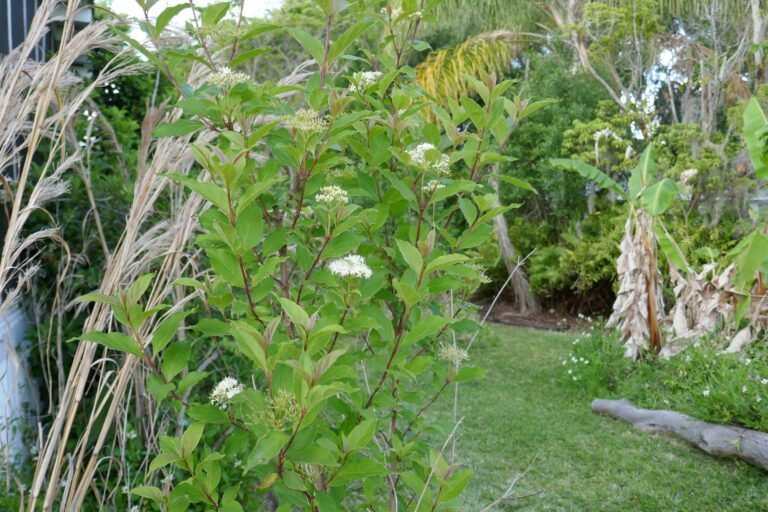
Leaves
Swamp dogwood leaves are opposite with simple, but wavy, margins and short petioles. They are 2-10 cm long and 1-4 cm wide. They are lanceolate, and elliptic to ovate in shape.
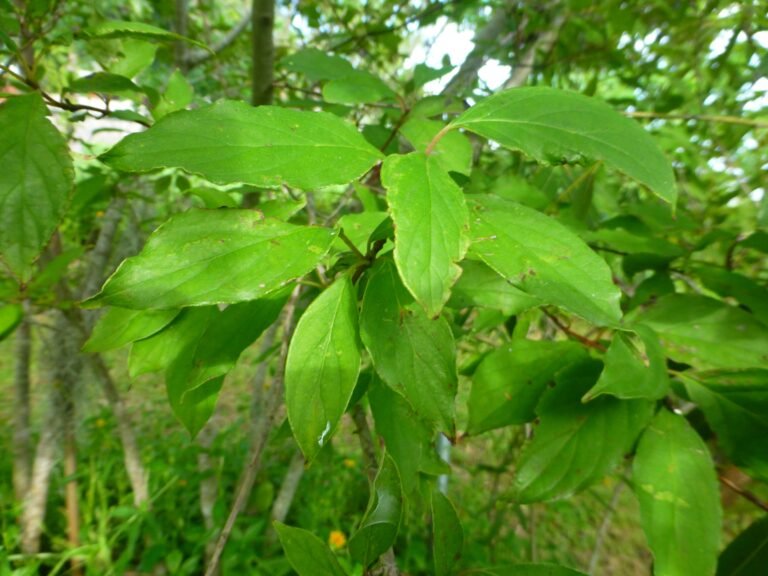
Flowers
The clusters of cream colored to white flowers appear in the spring and may continue to early summer. The flowers form at the end of the branch.
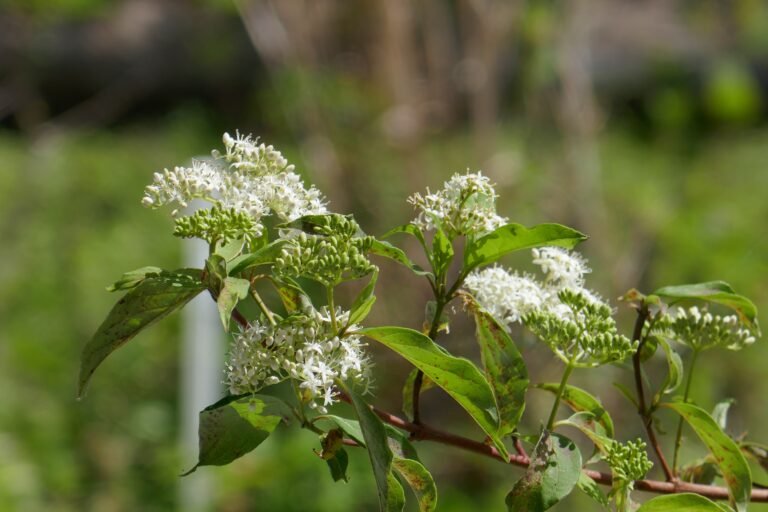
Fruit
Once pollinated the flowers form purple blue fruit that ranges in size from 4 to 6 mm.
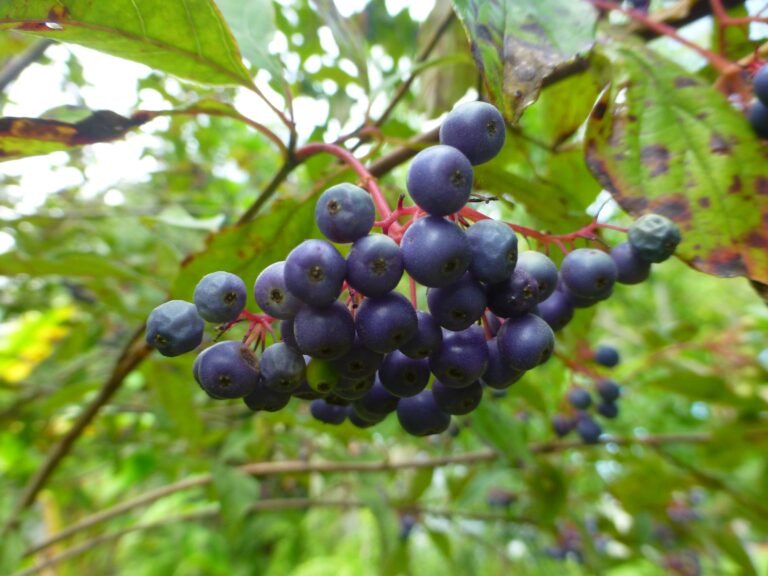
Habitat
Swamp dogwood is found naturally occurring in riparian areas such as stream banks, lake shores, river banks, swamps, marshes, and wet ditches. It also occurs in cypress swamp heads, low wet woodlands, and roadsides.
Native Range
It is native to the following states: AL, AR, DE, FL, GA, IL, IN, KY, LA, MD, MO, MS, NC, NJ, OK, SC, TN, TX, and VA.
Landscape Use
In the home landscape swamp dogwood should be planted in natural areas that are wet or retain some moisture. They can be grown in drier areas if some care is given to them so they don’t struggle with periods of drought. Otherwise they are zero maintenance if grown in their preferred habitat.
It can be used as privacy screening, wildlife habitat, and troublesome wet sites.
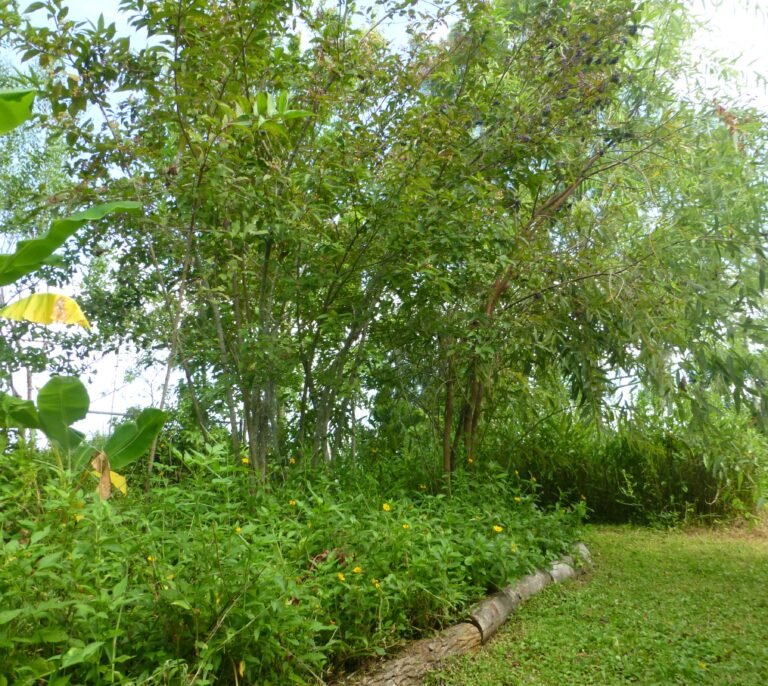
Wildlife Use
The flowers are used as a nectar source for bees, wasps, beetles, and other pollinators.
The purple to blue fruit is eaten by a variety of wildlife including songbirds and small mammals.
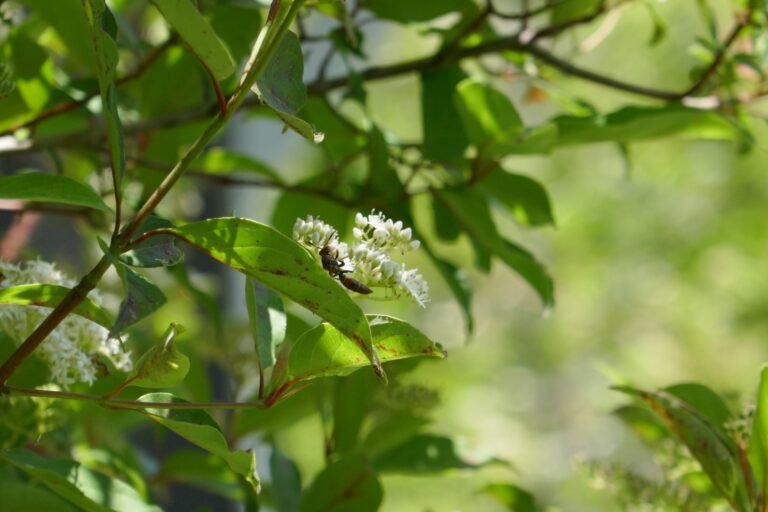
Propagation
Swamp dogwood can be grown from seed, cuttings, root layering, air layering and transplanting single specimens or suckers.
When transplanting, either single specimens or suckers, be sure to remove any flowers or excessive foliage. Doing this will allow the plant to focus its energy on recovering from being transplanted.
Look along wet roadsides for swamp dogwood, use the Cornus test, and transplant some to your garden today!
Notes
Having been born and raised in Tampa I have always had a fondness for dogwood trees. Their big white flowers meant spring was here. However the Florida dogwood (Cornus florida) began to die out in the mid 70’s when they started to succumb to anthracnose disease and slowly all of the big beautiful dogwood trees began to vanish from the landscape.
I started using swamp dogwood in its place. I really do miss the big white blooms of the dogwood trees, and the majesty they had when they were in full bloom in the spring, but swamp dogwood is beautiful too.
